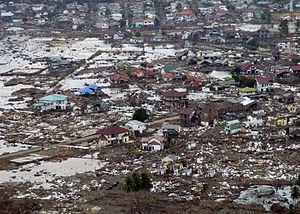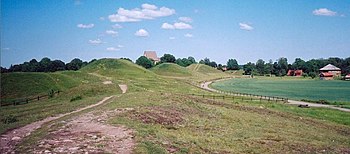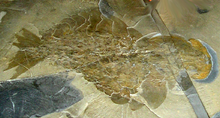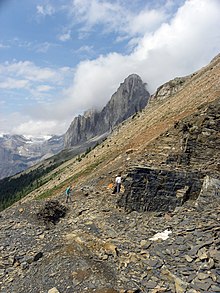A tsunami is a series of water waves caused by the displacement of a large volume of a body of water, usually an ocean, though it can occur in
large lakes. Tsunamis are a frequent occurrence in Japan; approximately 195 events have been recorded. The latest tsunami event in Japan, caused by an earthquake, caused an incredible amount of problems with the economy and power supplies. With additional problems occuring with the largest nuclear reactors many people are found without power for over 3 weeks, and problems continue as nuclear waste is now being dumped into the Pacific Ocean from a breach of safety at the reactors.





